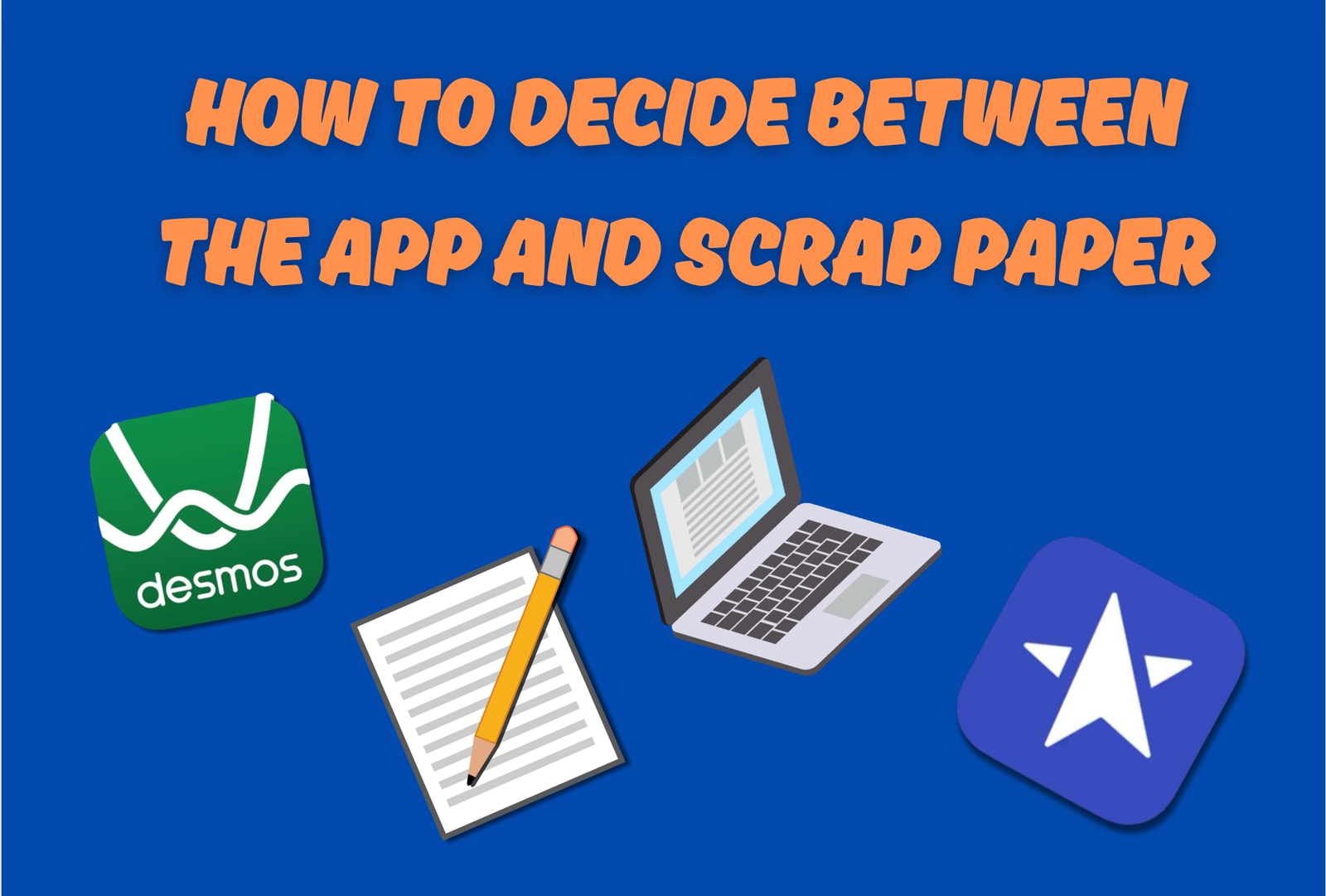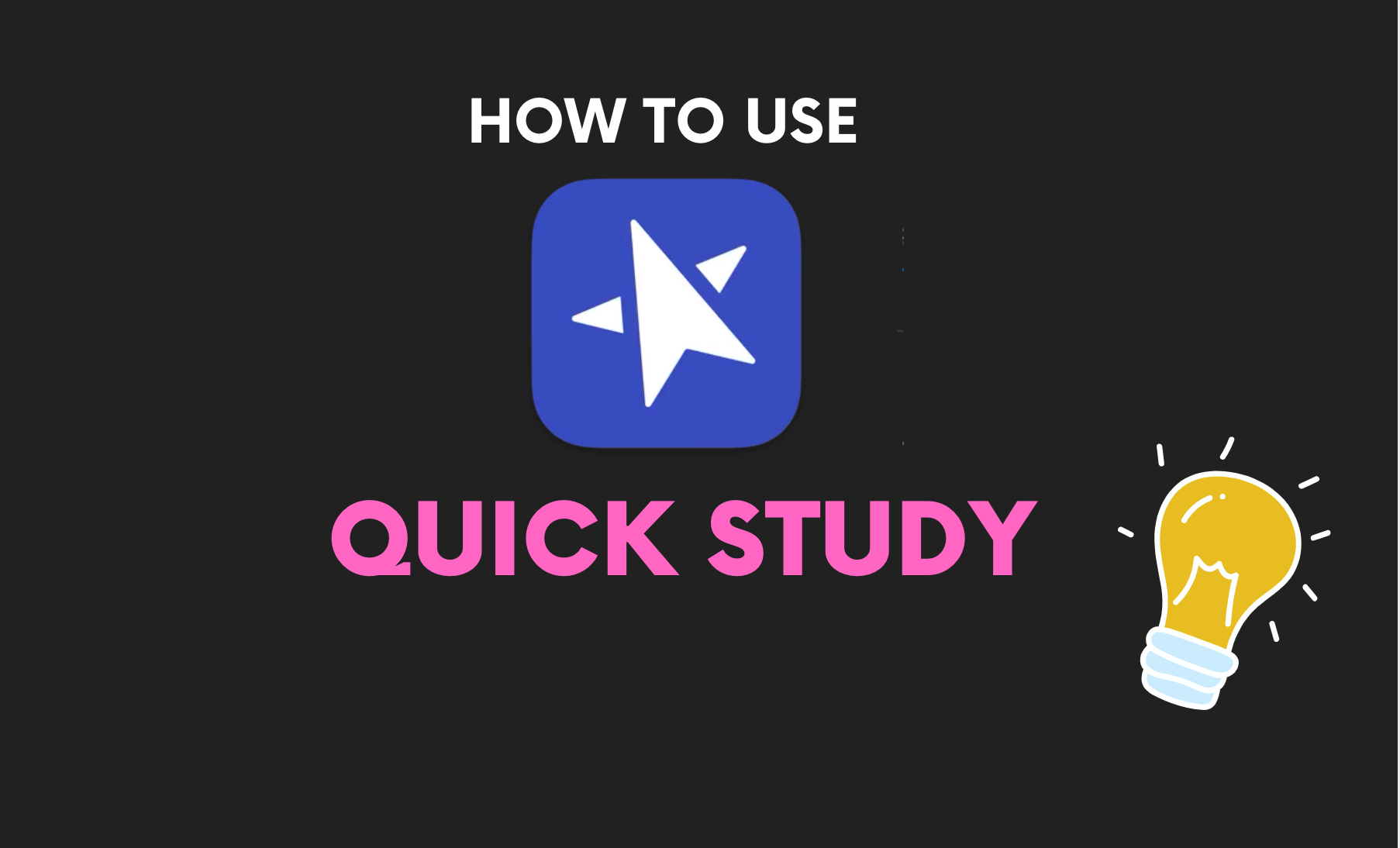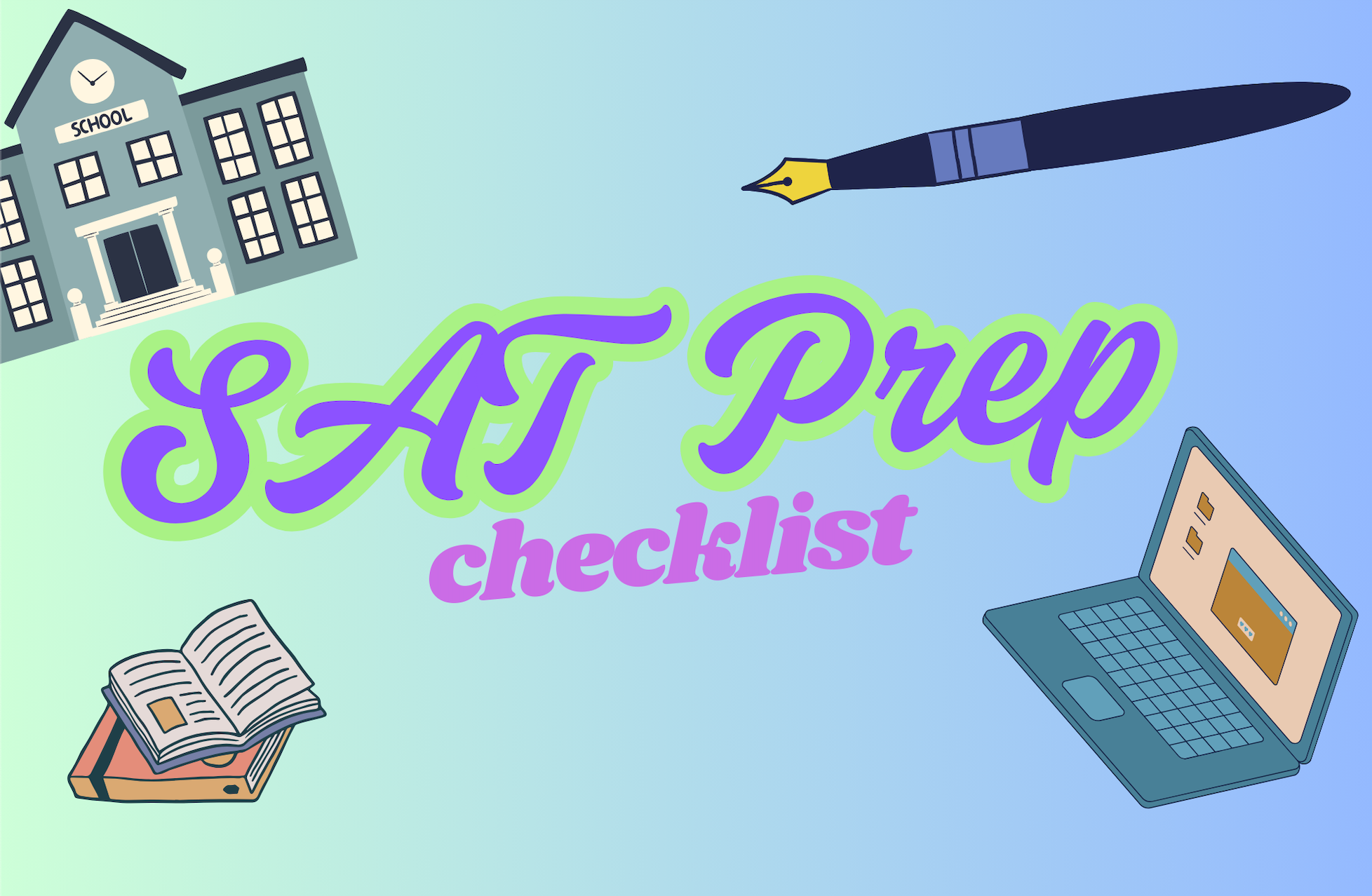Boost Your Digital SAT Score: Strategic Choices Between App and Paper
Author
Phoenix Wilder
Date Published

The rollout of the Digital SAT introduces students to a suite of powerful tools, from a robust in-app calculator to highlighting capabilities. However, these enhancements bring a subtle but significant strategic question that can make all the difference when it comes to your final score: should you rely on the app’s built-in resources, or is traditional scrap paper, used wisely, still your most effective tool? Understanding when and how to leverage both—sometimes in combination—is a higher-order skill that can prevent mistakes, improve your speed, and enable a deeper review that drives improvement.
The Digital Toolkit vs. The Classic Approach
Before diving into strategic choices, it’s important to explicitly understand what the Digital SAT, accessed via the Bluebook™ app, equips you with—and the main drawback that scrap paper neatly solves.
The Tools Available in the Bluebook™ App
1. Reading and Writing Section
· Highlighting/Underlining: The app lets you select words or entire phrases in reading passages and questions, as well as add short notes. This can help you track evidence or key ideas as you read.
· Cross-Out Function: At any time, you can strike through full answer choices. This is useful to visually eliminate options, keeping your focus sharp.
· Bookmark/Flag: You can flag any question to remind yourself to revisit it. This is essential for pacing and time management, ensuring no tricky question is left unanswered at the end.
2. Math Section
· Desmos Graphing Calculator: Available throughout the Math section, not just the “calculator-allowed” portion. It supports arithmetic, graph plotting, and complex calculations.
· Geometry Reference Chart: The app includes frequently used geometry formulas at your fingertips, saving you memory load.
Universal Features
3. Integrated Timer: There to help you manage the clock, though its actual utility varies by student preference.
The Bluebook™ App’s Biggest Limitation
Despite these helpful functions, a critical limitation remains: the app does not save any annotations, highlights, or notes you make during practice tests. The moment you submit, all your thinking—how you solved a math problem, why you ruled out answer B, or which evidence in the text swayed your answer—disappears. This becomes a massive barrier when reviewing mistakes and learning from them, which is the driver of score improvement.
Scrap paper, then, is not just an accessory—it is your only persistent record of how you think, allowing you to revisit and analyze your process after the test. Especially during practice, it is non-negotiable for capturing work, identifying patterns in your errors, and building reliable strategies.
“App or Scrap?”: Strategic Decision-Making in the Math Section
The question of app versus scrap paper emerges often in the Math section. Here, the balance shifts between efficiency and the risk of making accidental errors. Let’s see this in action through three realistic cases:
Case 1: Ordered Data Lists
Question: “What is the median of: 36, 38, 38, 42, 42, 49, 51?”
Best Approach: Use Scrap Paper (or Fingers).
Why? The data is short and already ordered, making manual elimination fast and simple. Typing each number into Desmos is comparatively slow and introduces opportunities for input mistakes. Quickly crossing off numbers on paper (or even with your finger on the screen) gets you to the answer reliably and efficiently.
Case 2: Unordered Data Lists
Question: “Find the median of: 14, 23, 19, 31, 22, 18, 16.”
Best Approach: Use the App (Desmos Calculator).
Why? Since the list is unordered, you would have to write out all the numbers and arrange them yourself on scrap paper, which is time-consuming and prone to putting numbers in the wrong place. However, Desmos lets you use its median() function; just enter the numbers as provided, and the app takes care of sorting and calculating instantly. This not only saves time but also reduces mistakes from manual sorting.
Case 3: Frequency Tables/Complex Data Sets
Question: “A frequency table shows the value 14 appears 9 times, 15 appears 6 times, 16 appears 8 times, etc. What is the median?”
Best Approach: Rely on Scrap Paper.
Why? You would need to enter “14, 14, 14, ...” nine times and so forth into Desmos, which is tedious and invites errors in data entry. Instead, by working on scrap paper, you can quickly record each value's count and use tally marks or a running total to locate the median position in the sorted list. This hands-on approach is far clearer and less error-prone in such scenarios.
Reading Section: Why Scrap Paper Matters Most
The Digital SAT Reading section’s app tools are helpful but have a notable blind spot: you cannot underline or highlight single words within answer choices—a problem when tackling tricky, nuanced questions. That’s where scrap paper becomes invaluable for strategies like decoding “strong words” or identifying “trap answers.”
Practical Approach: Dissecting a Reading Question
Sample Question:
Which choice best describes the function of the underlined sentence: “For better or worse, that picture has never told the whole story”?
Scrap Paper Workflow:
1. Establish a Workspace: On your scrap paper, jot down the question number and list the answer options (A, B, C, D).
2. Simplify the Core Idea: The underlined sentence suggests the ‘story’ (understanding) is incomplete. Next to your notes, write a short summary, e.g., “incomplete info” or a related symbol.
3. Analyze Each Choice:
· A: “It suggests scientists have an incomplete theory...” (Matches your summary. Note with a tick.)
· B: “It highlights the slow pace of research...” (The passage doesn’t mention timing; cross out B.)
· C: “It undermines the assertion that comets are important...” (“Undermines” is too negative; cross out C.)
· D: “It introduces the claim that common understanding is flawed.” (Somewhat aligns; mark to compare to A.)
This disciplined process, practiced with scrap paper, wires your mind to spot subtle distinctions—speeding up your elimination process on the actual test, where you’ll rely mainly on the cross-out feature in the app.
Building Your Personalized “App or Scrap” Strategy
Excelling at the Digital SAT is as much about how you use your resources as what you know. Consider these core principles as you refine your approach:
Strategic Guidelines
· Always Use Scrap Paper for Practice: Since your in-app notes won’t be saved, your physical record is how you can revisit and learn from mistakes. Force yourself to record your thoughts and process.
· In Reading, Scrap Paper = Analytical Power: For questions involving subtle distinctions and “trap” words, your notes help break down options and clarify logic.
· Math Demands Judgment: Use Desmos for unordered, list-based calculations or difficult arithmetic. Switch to scrap paper for frequency tables, extended word problems, or multi-step reasoning.
· Request More Scrap Paper if Needed: Don’t hesitate to ask for additional paper during the test. There’s no penalty, and being forced to conserve can hamper your performance.
· Refine Personal Rhythm During Practice: Use your practice sessions to experiment and form habits. Find out where the app speeds you up and where writing out work provides clarity and certainty.
Conclusion: Practice to Perfection
Success on the Digital SAT is about mastering the right blend of new technology and timeless test-taking strategies. Being intentional about when to use the app versus when to reach for scrap paper isn’t just an efficiency hack—it’s a high-level meta-skill that separates those who plateau from those who continually improve.
Start practicing this blend of digital and analog tools with full-length, adaptive Digital SAT tests. Discover your rhythm, and see just how much your score—and your confidence—can soar.
Related Posts

Stay ahead of the curve! Learn smart strategies for tackling the Digital SAT Test and making the most of Bluebook’s features.

Prepare for the Digital SAT Test with confidence! What to Know Before You Walk into the Testing Center. Read now!